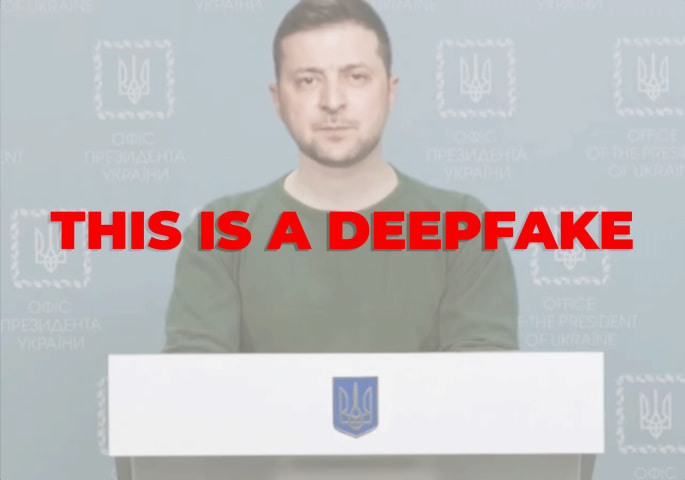Description: A New Zealand government report released following a right-wing terrorist killing 51 worshippers at two New Sealand mosques which indicated that Youtube's recommendation algorithm played an important role in the terrorist's radicalization.
Entities
View all entitiesAlleged: YouTube developed and deployed an AI system, which harmed YouTube users.
Incident Stats
Incident ID
89
Report Count
1
Incident Date
2019-03-15
Editors
Sean McGregor, Khoa Lam
Applied Taxonomies
CSETv0 Taxonomy Classifications
Taxonomy DetailsProblem Nature
Indicates which, if any, of the following types of AI failure describe the incident: "Specification," i.e. the system's behavior did not align with the true intentions of its designer, operator, etc; "Robustness," i.e. the system operated unsafely because of features or changes in its environment, or in the inputs the system received; "Assurance," i.e. the system could not be adequately monitored or controlled during operation.
Robustness, Assurance
Physical System
Where relevant, indicates whether the AI system(s) was embedded into or tightly associated with specific types of hardware.
Software only
Level of Autonomy
The degree to which the AI system(s) functions independently from human intervention. "High" means there is no human involved in the system action execution; "Medium" means the system generates a decision and a human oversees the resulting action; "low" means the system generates decision-support output and a human makes a decision and executes an action.
Medium
Nature of End User
"Expert" if users with special training or technical expertise were the ones meant to benefit from the AI system(s)’ operation; "Amateur" if the AI systems were primarily meant to benefit the general public or untrained users.
Amateur
Public Sector Deployment
"Yes" if the AI system(s) involved in the accident were being used by the public sector or for the administration of public goods (for example, public transportation). "No" if the system(s) were being used in the private sector or for commercial purposes (for example, a ride-sharing company), on the other.
No
Data Inputs
A brief description of the data that the AI system(s) used or were trained on.
user history, videos
CSETv1 Taxonomy Classifications
Taxonomy DetailsIncident Number
The number of the incident in the AI Incident Database.
89
CSETv1_Annotator-1 Taxonomy Classifications
Taxonomy DetailsIncident Number
The number of the incident in the AI Incident Database.
89
CSETv1_Annotator-2 Taxonomy Classifications
Taxonomy DetailsIncident Number
The number of the incident in the AI Incident Database.
89
Incident Reports
Reports Timeline
wired.com · 2020
- View the original report at its source
- View the report at the Internet Archive
YOUTUBE, FACEBOOK, AND other social media platforms were instrumental in radicalizing the terrorist who killed 51 worshippers in a March 2019 attack on two New Zealand mosques, according to a new report from the country’s government. Online…
Variants
A "variant" is an incident that shares the same causative factors, produces similar harms, and involves the same intelligent systems as a known AI incident. Rather than index variants as entirely separate incidents, we list variations of incidents under the first similar incident submitted to the database. Unlike other submission types to the incident database, variants are not required to have reporting in evidence external to the Incident Database. Learn more from the research paper.
Similar Incidents
Did our AI mess up? Flag the unrelated incidents
Similar Incidents
Did our AI mess up? Flag the unrelated incidents




